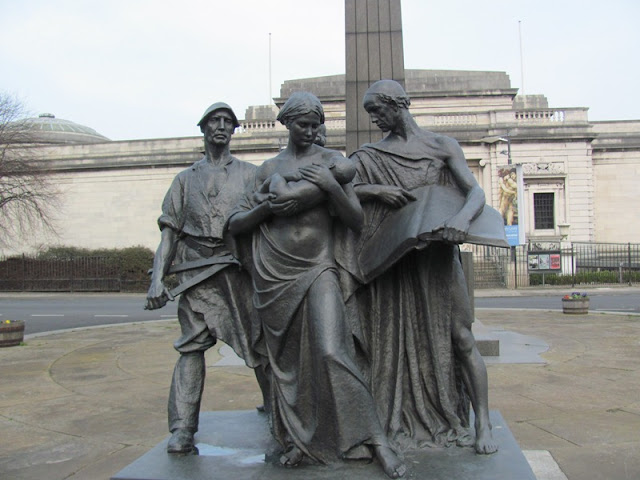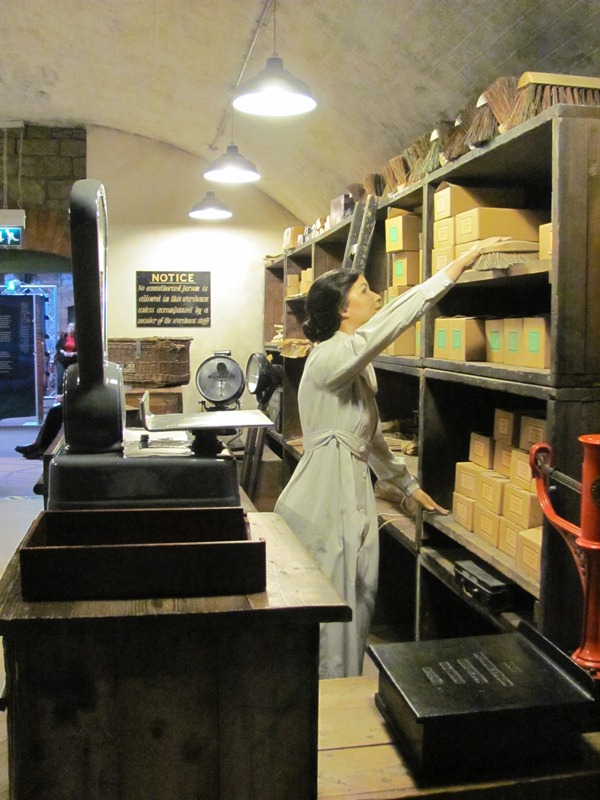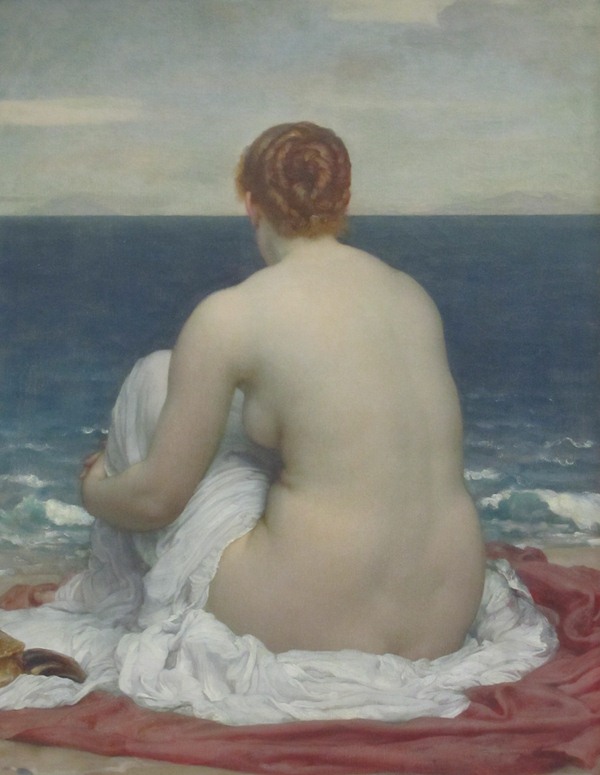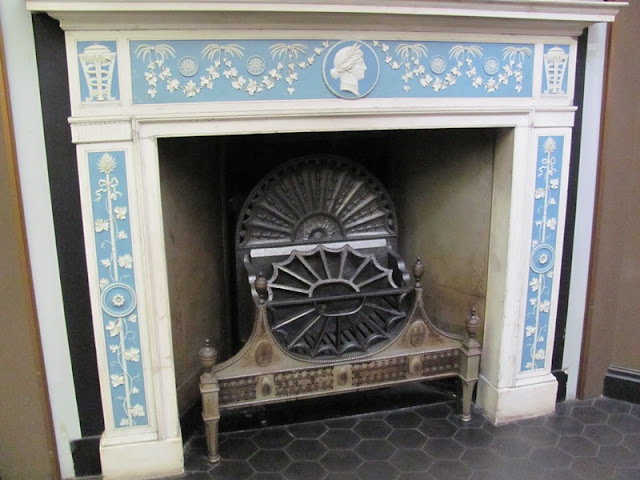Here we are back in the Lady Lever gallery for a second look at a few more exhibits.
Many of the pictures in the gallery have been used by the Lever brothers to advertise their products. The most famous of these is this one by Millais.
The presence of a bar of Pears soap in this painting suggests it was commissioned with a view to advertising.
Here's how you may have seen them before.
A crystal Buddha - I'm not sure what it's made of exactly though.
I would say this one is carved out of amethyst.
This elephant looks pretty pleased with himself.
Just to make us Scottish people feel at home, our very own Walter Scott.
This piece is La Jeune Fille au Coquillage by Jean Baptiste Joseph De Bay (not to be confused with his son, another sculptor of exactly the same name) looks quite modern, late 19th or early half of the 20th century to me, but what do I know as he died in 1863 at the age of 84.
This Painting by Elizabeth Vigee-le Brun is of Lady Hamilton as a Bacchante. Emma Hamilton has gone down in history as Nelson's Mistress.
As mentioned in the first visit here two blogs ago, Andromeda makes several appearances in the gallery. This one is by William Etty.
In a drawer in one of the galleries, I wonder how many people walk straight past it, is a collection miniatures. One of the finest is this little portrait of Queen Victoria.
Three from a collection of oriental snuff bottles.
At either end of the building there is a sculpture hall - that's not to say that there isn't plenty of sculpture everywhere else. This piece is Salammbo (from a novel by Gustave Flaubert) by Desire Maurice Ferrary.
Edward Onslow Ford seems to have been a favorite of Lord Lever - there's certainly plenty of his pieces here. This one is called Dancing.
Outside the gallery is this monument to William Hesketh Lever who founded the company and indeed the gallery






























































